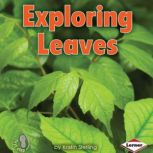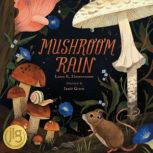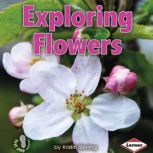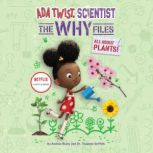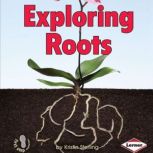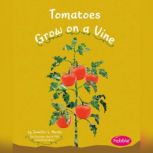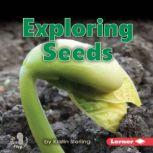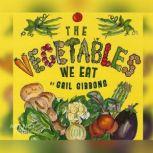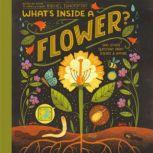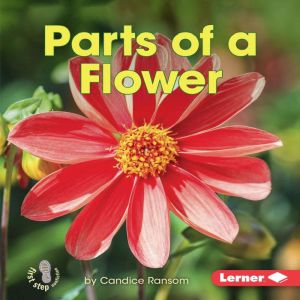
Details
Parts of a Flower
Author: Candice Ransom
Series: First Step Nonfiction
Narrator: Intuitive
Unabridged: 0 hr 2 min
Format: Digital Audiobook
Publisher: Findaway
Published: 01/01/2017
Genre: Children & Young Adults Nonfiction - Science & Nature - Flowers & Plants
Includes:
Bonus PDF ![]()
Synopsis
The flower is the part of a plant that makes seeds or fruit. Readers will identify the main parts of a flower and learn about the process of pollination. Simple text and supportive photos and diagrams help students comprehend this important science concept.
by Kristin Sterling
What do leaves do? Students will learn how leaves use air, water, and sunlight to make food for the plant.
Published: 08/01/2014
by Laura K. Zimmermann
What can smell like bubblegum, glow neon green at night, be poisonous and yet still eaten by humans, and even help create rain? The answer is mushrooms! From their hidden networks underground to the fruiting body above, mushrooms can do incredible t...
Published: 04/12/2022
by Kristin Sterling
Why do plants have flowers? Readers will discover how flowers can develop into fruits, vegetables, or seeds for producing more plants.
Published: 08/01/2014
by Andrea Beaty
What do plants eat? Why do some plants have flowers and others don’t? And what’s the tallest plant out there? Ada Twist, Scientist: The Why Files is the perfect nonfiction resource for all these questions and more. Based on the bestsel...
Published: 07/19/2022
by Kristin Sterling
Why do plants need roots? Learners will see how roots take in water, anchor plants to the ground, and even become foods to eat.
Published: 08/01/2014
by Mari Schuh
Simple text and photographs describe how tomatoes grow on vines.
Published: 03/01/2013
by Kristin Sterling
What are seeds? Young readers will observe how seeds turn into plants and how seeds are distributed to different places.
Published: 08/01/2014
by Gail Gibbons
Who knew there were so many different kinds of vegetables? Nonfiction pro Gail Gibbons responds to the need for books on good nutrition with this accessible exploration of vegetables. From glossy red peppers to lush, leafy greens to plump orange ...
Published: 09/20/2016
by Rachel Ignotofsky
From the creator of the New York Times bestseller Women in Science, comes a new nonfiction picture book series ready to grow young scientists by nurturing their curiosity about the natural world--starting with what's inside a flower.Budding backyard...
Published: 02/15/2022

